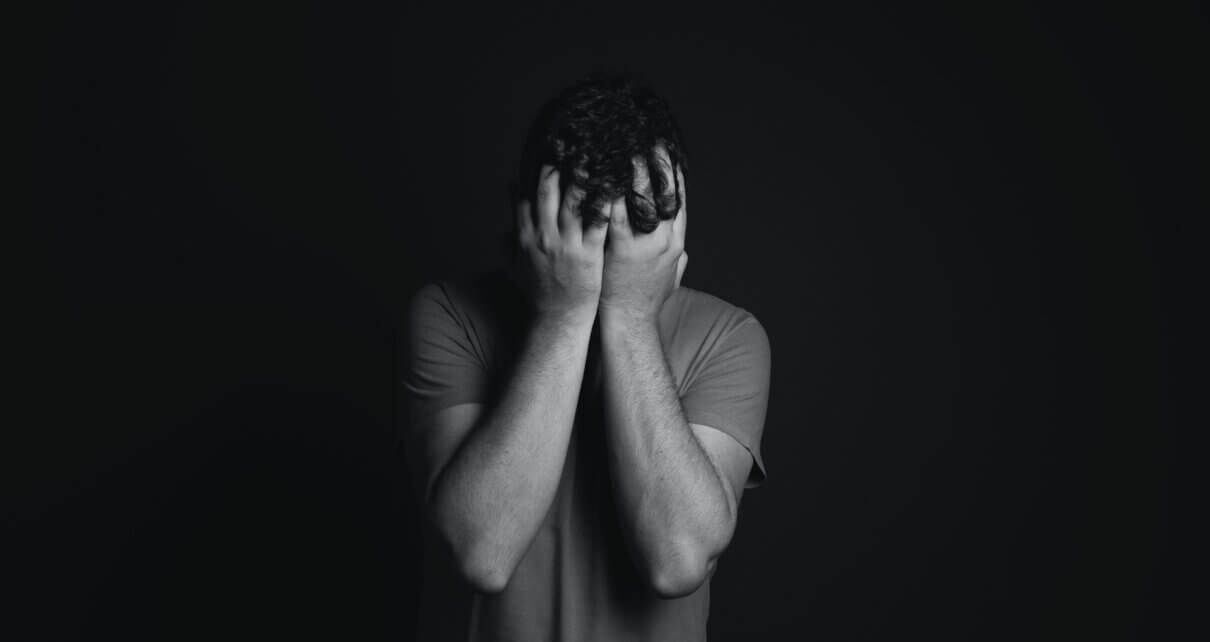As winter dawns its morning frost, bone-chilling breezes, and unpleasant temperatures, people are quick to make the proper adjustments to their everyday routine. Light sweaters are replaced with heavy jackets; open-toed shoes are mourned over as boots and Ugg slippers take their place on one’s shoe rack; people begin to mentally prepare themselves for making that long trek in the early morning to start their cars.
While all of the aforementioned preparations are largely considered necessary to survive the winter with all ten fingers and ten toes, there is one thing that tends to take people by surprise— the winter blues.
Though many of us might wish to have a conversation with winter, specifically to discuss why the winter blues are an unnecessary burden on top of finals, there is a much more serious condition that exists: seasonal affective disorder, also known as seasonal depression.
Seasonal Affective Disorder (SAD), or seasonal depression, is classified as a mood disorder resulting from the change in seasons. SAD includes all of the symptoms typical of a depressive disorder, such as lack of motivation, anxiety, sadness, tiredness, and a withdrawal from social life.
The American Psychiatric Association defines the parameters in which seasonal depression is likely to occur in a person. Commonly, seasonal depression begins to affect people during the autumn season, and its symptoms will subside as spring approaches.
There are a number of theories that consider the correlation between sunlight and its effect on individuals’ mental well-being. The Cleveland Clinic lists three reasons why the lack of sun exposure triggers seasonal depression. First is the idea of a “biological clock change” in which your internal clock shifts due to consuming less sunlight. This shift ruins individuals’ daily schedules, thus creating hormonal and mood issues.
The second trigger is due to a “brain chemical imbalance.” When exposed to sunlight, humans release serotonin, the chemical in the brain that creates feelings of happiness. Sunlight is also a source of Vitamin D, which boosts serotonin. Consequently, a decrease in sunlight results in a decrease in Vitamin D, and, hence, a decrease in serotonin.
Lastly, the lack of sunlight in the winter forces some people’s bodies to create excess levels of melatonin. Melatonin affects individuals’ sleep patterns and moods, which can cause extreme tiredness or lack of motivation.
While seasonal depression can affect anyone, college students are disproportionately at risk of developing this disorder because of stressful commitments and busy schedules. It may seem like SAD is common; nevertheless, it is extremely important to understand the differences between typical winter blues and seasonal depression.
Sophia Curcio, a sophomore psychology student, said, “I feel college students struggle more with seasonal depression because they are still adjusting to their environment.”
It is important to know the difference between seasonal depression and the normal winter blues. SAD can lead someone into a serious depression; it is not an issue to take lightly. Individuals who suffer from seasonal depression are harshly affected in all parts of their lives, including school, work, relationships, and family life.
Furthermore, their struggles should not be compared to the winter blues. Likewise, those who are merely upset that winter is approaching should not be treated as if they have seasonal depression.
Though seasonal depression can seem unbearable, there are ways to combat its symptoms that do not necessarily include typical medical treatments. Being social, finding activities to keep busy, and spending a little time outside each day can greatly improve one’s mood.
Curcio suggested, “Exercising daily and having a healthy diet will improve both the body and mind.” In addition, light therapy has become increasingly popular with the introduction and popularization of sunset lamps on social media platforms. According to the Mayo Clinic, light boxes and lamps provide light exposure that stimulates the sun’s ultraviolet radiation.
With winter and the cold weather right around the corner, seasonal depression is too. It is vital that individuals are mindful of this disorder, especially on college campuses. If you are a student struggling in any way, do not be afraid to reach out to your friends, family, and school resource centers.


